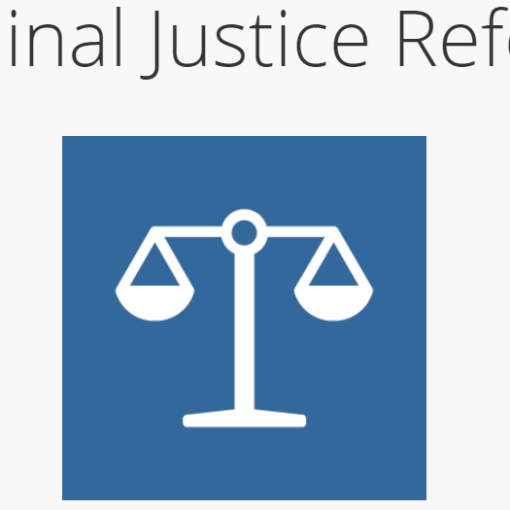The “Secure Act” was passed by both houses and signed into law by the president during the Christmas holiday and thus did not get much attention. Here are a few of the changes that affect IRA’s. (please check with your financial council for specifics) Increasing the required minimum distribution age — and contribution age Previously, qualified account holders such as those with a 401(k) or IRA had to withdraw required minimum distributions (RMD) in the year they turned age 70.5. The SECURE Act increases that age to 72, which may have tax implications, depending on where the account holders fall in their tax bracket in the year they withdraw. The 70.5 age was based on life expectancies in the early 1960s, the House said, and had not been updated since.
The bill also eliminates the maximum age for traditional IRA contributions, which was previously capped at 70.5 years old. “As Americans live longer, an increasing number continue employment beyond traditional retirement age,” the House Committee on Ways and Means said in a summary of the bill.
But be warned: Americans who turned 70.5 years old in 2019 will still need to withdraw their required minimum distributions this year, and failure to do so results in a 50% penalty of their RMD, said Jamie Hopkins, the director of retirement research at wealth management firm Carson Group. People who are expected to turn 70.5 years old in 2020 will not be required to withdraw RMDs until they are 72. The first withdrawal doesn’t need to be made until the following April 1, which means people who turned 70.5 in 2019 can wait to withdraw their RMD until April 1, 2020. They’ll then have to take another RMD by the following Dec. 31, and every Dec. 31 thereafter.
No more stretch IRAs Required minimum distributions have also changed for non-spousal account inheritors. Under the current law, beneficiaries who did not inherit their accounts from a husband and wife are in some cases allowed to withdraw required minimum distributions for the span of their lives, which could be a few years, or a few decades. The amount of the distribution is calculated based on a few factors, including life expectancy and beneficiary age.
The SECURE Act requires beneficiaries withdraw all assets of an inherited account within 10 years. There are no required minimum distributions within those 10 years, but the entire balance must be distributed after the 10th year. This change can be problematic for some beneficiaries, especially if they are in their 40s and 50s and at the peak of their earning years. Limiting the time frame in which someone can distribute money from an inherited account means potentially boosting the tax burden those distributions will cause.





